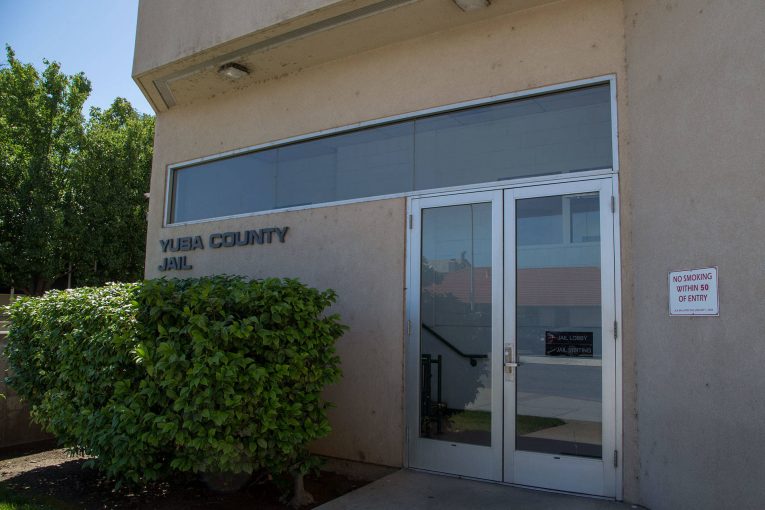

By The Vanguard Staff
OAKLAND, CA – Criminal justice reform groups released a report Wednesday suggesting “long-standing racist policies and decisions about where to invest resources rather than the result of criminality or other behavioral issues within communities of color” are responsible for who go to prison in California.
The Oakland-based Essie Justice Group and the Prison Policy Initiative released “Where people in prison come from: The geography of mass incarceration in California,” that they charge “provides an in-depth look at where people incarcerated in California state prisons come from.”
A statement from the groups noted, “As previous research has shown, practices and policies across the country related to arrests, drug enforcement (including marijuana arrests in New York and California), searches (including stop-and-frisk), pretrial detention, bail decisions, drug stings, and asset forfeiture have contributed to these racial disparities at every level of the criminal legal system.”
Report highlights include, said the groups:
“Every single county—and every state legislative district—is missing a portion of its population to incarceration in state prison (and) while no county sends as many people to prison as Los Angeles County, many of the state’s smaller counties, including Kings, Shasta, Tehama, and Yuba, have a far larger portion of their residents imprisoned.
“There are dramatic differences in incarceration rates within communities, often along racial and economic lines. For example, in Los Angeles the 14 neighborhoods with the highest imprisonment rates are clustered in South Central Los Angeles, where 57 percent of residents are Latino, 38 percent are Black, and two percent are white. Meanwhile, the LA neighborhoods with the lowest imprisonment rates are mostly in the predominately white and wealthier Westside region.
“The large number of adults extracted from a relatively small number of geographical areas seriously impacts the health and stability of the families and communities left behind. It specifically impacts women and gender non-conforming people, where one in four women and one in two Black women have an incarcerated loved one.”
The report charges that “geographic disparities are not an accident, but are the result of long-standing racist policies and decisions about where to invest resources rather than the result of criminality or other behavioral issues within communities of color…practices and policies across the country related to arrests, drug enforcement (including marijuana arrests in New York and California), searches (including stop-and-frisk), pretrial detention, bail decisions, drug stings, and asset forfeiture have contributed to these racial disparities at every level of the criminal legal system.”
“Incarceration’s impact on women, Black women in particular, can no longer be ignored,” says Gina Clayton-Johnson, Essie Justice Group’s Founder and Executive Director.
Clayton-Johnson added, “This report chillingly describes which California counties are complicit in driving the state’s abysmal incarceration rates. These updated numbers demonstrate that our story of anti-Black, anti-woman inequity in this state is not history, it is now, and it requires immediate action from lawmakers and voters to rectify.”
The report includes 20 detailed data tables—including for Los Angeles, San Diego, San Jose, San Francisco, Fresno and Santa Clara County—to help, it claims, “advocates, organizers, policymakers, data journalists, academics, and others to analyze how incarceration relates to other factors of community well-being.”
The information, the groups said, relates to people in prison in 2020, and offers “a clear look at which communities are most impacted by mass incarceration—broken down by the number of people locked up by county, city, town, zip code, legislative district, census tract and other areas.”
The data and report, the report notes, are “made possible by the state’s landmark 2011 law that requires that people in prison be counted as residents of their hometown rather than in prison cells when state and local governments redistrict every 10 years.” 
